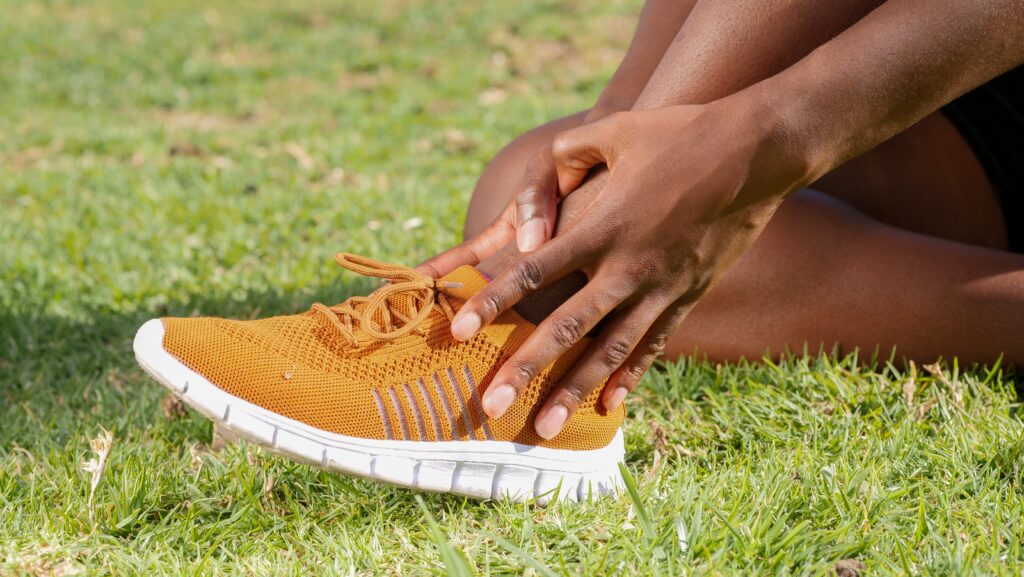Reasons for Ankle Pain With Barefoot Shoes
Are you looking for relief from debilitating ankle pain? Barefoot shoes are one solution worth exploring! This type of footwear is designed to increase balance and stability, as well as reduce stress on the ankles. The unique sole of barefoot shoes helps cushion impact, while also providing enough support to protect your feet and joints. In this article, we’ll go in-depth about why ankle pain occurs with barefoot shoes, providing important tips for comfortable walking or running with them plus reasons why those suffering from chronic ankle issues should give them a try. Read on for more details!
Overview of the basics and types of barefoot shoes
Barefoot shoes, also known as minimalist or natural shoes, have gained popularity in recent years as more people seek a more natural way of walking and running. These shoes are designed to mimic the feeling of being barefoot, allowing the feet to move and flex in a more natural way. There are various types of barefoot shoes available, ranging from those with thin, flexible soles to those with more substantial cushioning. Some models also feature a toe box that allows your toes to spread out more freely. Whether you are a runner looking to improve your performance or simply looking for a more comfortable and natural way of walking, barefoot shoes may be worth considering.
Pros and cons of wearing these shoes
Shoes are an essential part of our daily attire, and we all have our preferences when it comes to choosing the right pair. Some people opt for fashionable footwear while others focus on comfort. When it comes to discussing the pros and cons of wearing a particular type of shoes, it’s important to consider various aspects. One of the benefits of wearing these shoes might be their sleek design that perfectly complements an elegant outfit. In contrast, one of their cons could be that they’re not ideal for extended periods of walking due to the lack of cushioning. It’s crucial to weigh the advantages and disadvantages to make an informed decision about what works best for your feet and your lifestyle.
How to reduce ankle pain when wearing a pair of barefoot shoes
Wearing barefoot shoes can be a liberating experience, allowing your feet to enjoy a natural feel while walking or running. However, it’s not uncommon to experience ankle pain when starting to wear these shoes. Fortunately, there are effective ways to reduce ankle pain and enjoy barefoot shoes even more. One of the best ways is to start slowly. Your muscles need time to adjust to the new way of walking, so take it easy at first. Stretching exercises before wearing your barefoot shoes can also help. Additionally, consider investing in a quality shoe with good arch support that provides cushioning for your ankles. With these tips, you’ll be ready to hit the road with your barefoot shoes in no time!
Considerations for people with pre-existing injuries or conditions
Having a pre-existing injury or condition can be challenging, but there are ways to make it easier. Seek advice from a healthcare professional to understand your limitations and risks. Create a personalized plan for managing your health, including a diet and exercise routine. Be open about your needs with friends, family, and coworkers to foster support. While it can be overwhelming, addressing these considerations can make the journey smoother.
Explanation of why some people find barefoot shoes more comfortable than traditional sneakers
Barefoot shoes have become increasingly popular in recent years. The main reason why some people find them more comfortable than traditional sneakers is because they allow for greater flexibility and natural movement of the foot. Barefoot shoes have a minimalist design, which means they are made with less material and give the impression of being “barefoot.” This allows the feet to breathe and move naturally, which can alleviate the discomfort and pain associated with traditional sneakers.
Additionally, barefoot shoes often feature toe spreaders, which can improve balance and stability. Overall, barefoot shoes offer a unique experience that traditional sneakers cannot match, making them a comfortable and practical choice for many.
Tips on how to properly care for your barefoot shoes
Barefoot shoes are popular among fitness enthusiasts seeking a natural feel. To maintain functionality, clean them regularly with a soft brush or damp cloth. Avoid harsh chemicals or bleach as they can damage the material. Air dry in a well-ventilated area to prevent moisture buildup and odors. Store in a cool, dry place away from direct sunlight to preserve shape and durability. Keep them in top condition for a more enjoyable and comfy experience.
Conclusion
Owning and wearing barefoot shoes is a wonderful way to stimulate and strengthen your feet. Proper care involves cleaning, checking for wear, and keeping them out of the sun. While there are downsides like changes in stride and minor injury risks, the benefits outweigh them. Barefoot shoes offer better ground feedback, and durability, and reduce strain on ankles and hips. They also provide support for people with health issues. Strengthen your feet and lead a healthier lifestyle with this footwear choice!

